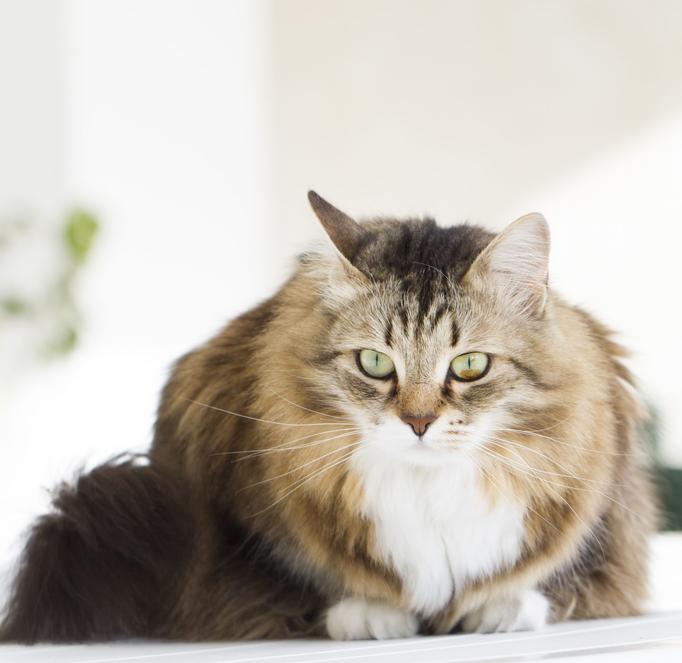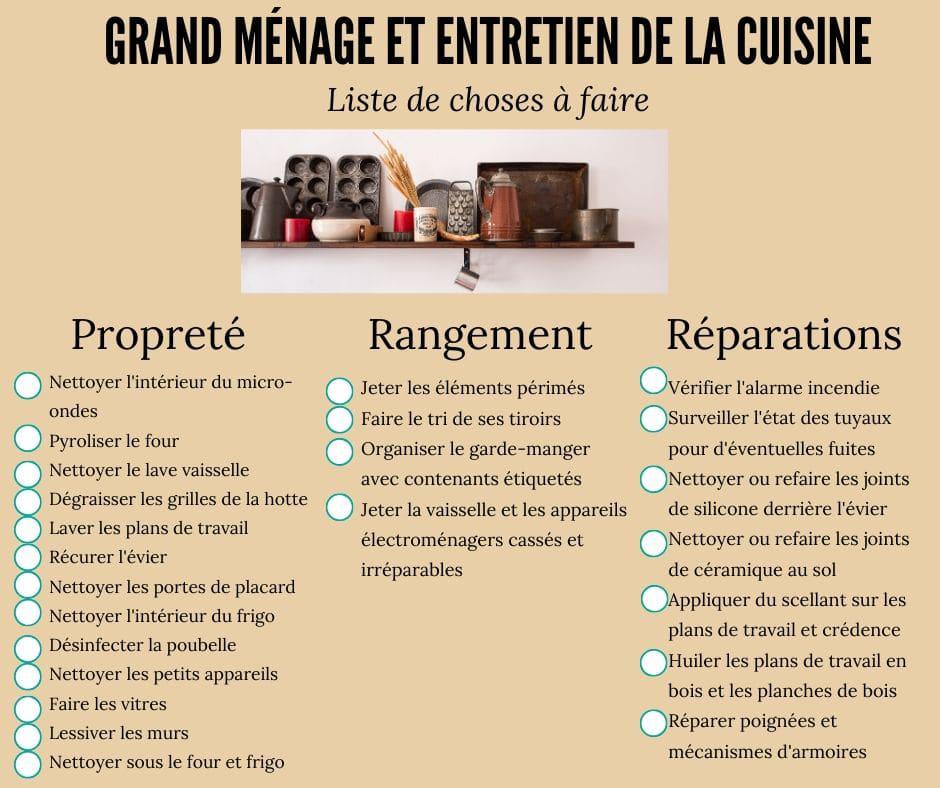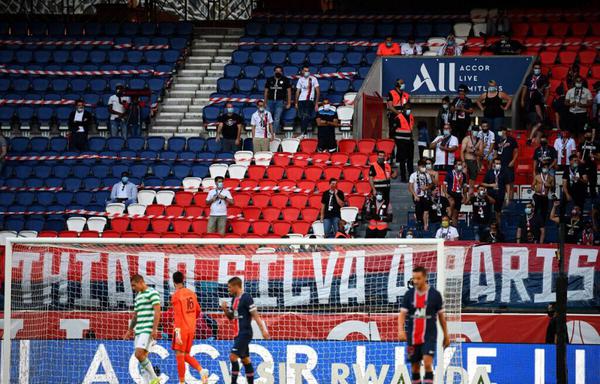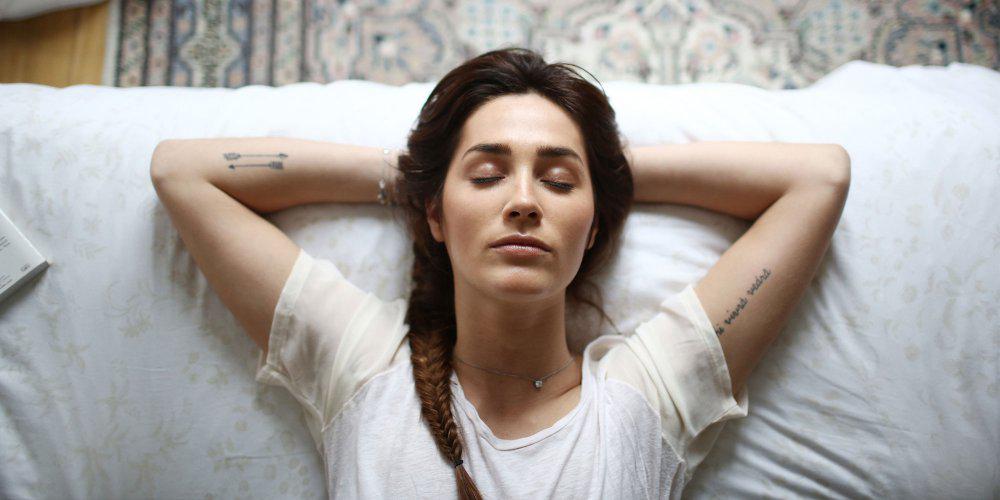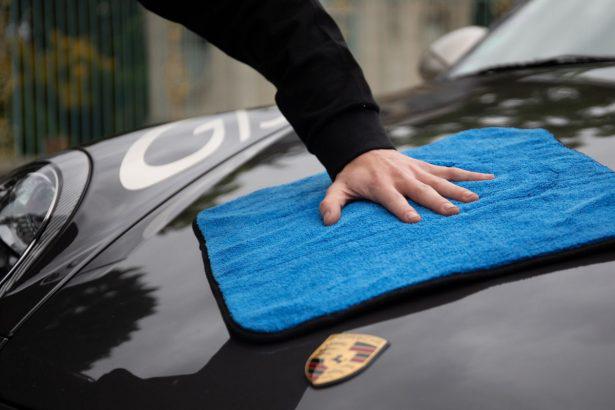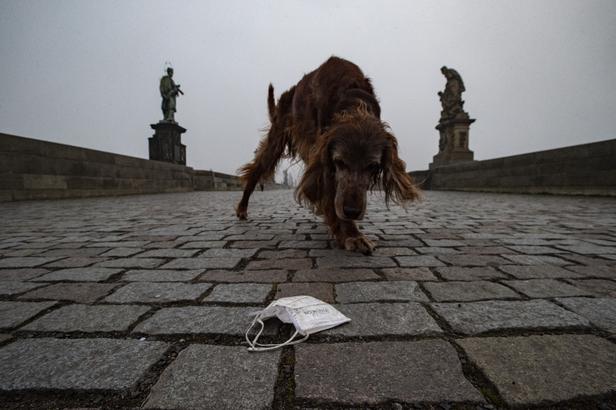To understand this violence, let's go back to the context where fear was normal.
The families were big and the children were too many. Women gave birth from puberty to menopause. They did not leave the houses and spent their days in entirely manual housework, which required energy and patience, especially the rural ones.
Children were out of school, leisure was rare: no toys, but a few objects made with the means at hand; no television, no satellite channels and above all, no internet!
The women found themselves all day long with a string of children to regulate. The nights were long, without electricity. The women told tales to the children where the bad guys hurt the good guys. The villain is a man, a woman, an animal, a fantasy creature, a wanderer.
The good guy always wins, but remains subject to danger and must stay alert. In Morocco, lghoule (ogre) is a famous villain. The detail that is given of his physique, his voice and his misdeeds terrifies the children.
According to psychoanalysts, the fear caused by fairy tales teaches the child to manage his anxieties to better face the trials in life.
But a small chwiya, without traumatizing the child!
Fear amplified prohibitions to prevent children from exposing themselves to danger or from moving away from adults. At night, without lighting, the streets or fields became dark. The jnouns (spirits) and the ogress Aïcha Kandicha, a woman with goat's feet, watched for the unwary. The jnouns kept the children away from the wells and the river. Even in the houses, the jnouns were evoked.
Without electricity, we walked around with a candle that formed scary shadows on the walls.
Some families avoid talking about jnouns so as not to attract them. To protect yourself from this, you say tasliiiimne while crossing your hands. In the south of Morocco, there is ahle lakhla (the spirits of the desert).
We scared the children with Lalla Rahmate Allah (madam mercy divine). A pretty name not to attract misfortune. But the child ignores him. Naima: “I was terrified by hamrate ajjarline (the one with the red feet). An ogress who haunted my nights. I understood afterwards that it was the pigeon!”. In the same spirit, in the Souss, we invoke tabba del khir.
Night or day, fear was maintained by different characters depending on the region.
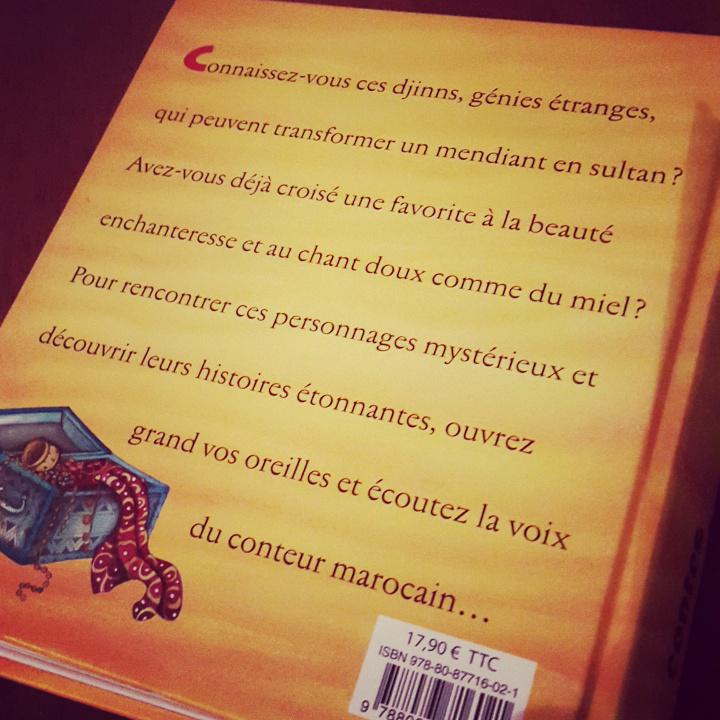
You just had to bang on the wall and say "it's coming" or let out a scary cry to freeze the children. The one who "arrives" is lghoule, boukhencha or bouchakkara who steals the child from the bag. There is khoukhou bla' lichafou ytakhlaâ (the one who frightens).
In the Sahara, we talk about balaze ‘younou (with exorbitant eyes). In the Souss, there is taghzente. Fear here keeps children from walking away.
In Fez, we talk about ba’boucha. In Doukkala, there is sbaâ boulabtayne (the lion with many skins). In Ouarzazate, it's boukhou. In the Amazigh tribes of Ouaouizeght, there is the myth of moummou boukharsa (the man with the ring), which keeps children away from weaving looms. The region is famous for its carpets, especially in Taznakht.
For the fear to be effective, the monster had to be personalized: we show a man in the street with a bag, a tramp, bouderbala (man in rags), or a policeman. Sometimes an adult puts on a scary mask.
Souss tribes used taskkate (Jewish woman) so that children would not approach craftsmen and expose themselves to fire and other dangers. Among the craftsmen there were many Jews.
The ogre can be an animal. In the southwest, in Aït Ouaouizguite, there is taroucht, an innocuous animal, like a hedgehog, with larger spikes.
In the Souss, it is called tarirte. It prevents going into cultivated fields and vegetable gardens.
In the Souss, children who refuse to go to the msid, Koranic school, expose themselves to the wrath of taghate nljamaâ (the goat of the mosque). Among many Amazigh tribes, we frighten with tasserdounde issemdale, the tomb mule that eats children who go to the cemetery or who go out alone at night.
To the child who refuses to sleep at night: radi ydarbake hmare allile (the night donkey will hit you) and the child may become a sleepwalker. If he plays or wants to eat instead of sleeping, there is boughattate which causes terrifying nightmares.
Omar, 53: “If you hear the word lghoule, you curl up and wrap yourself in the blanket”. Hayat, 49 years old: “to this day, I cannot sleep without light!”.
Some traumatized adults cannot sleep alone in a house.
Today, parents talk to their children, try to convince them other than through fear because they want them to be fulfilled. But the practice still exists, especially when parents are stressed and have neither the time nor the patience to convince. Lghoul, the policeman, chouka or labra (the doctor's injection) are still present...
A father, distraught: "no need to scare him anymore to calm him down. On the contrary, you scold him to move. It is always glued to the tablet, smartphone or television!”.
In the absence of fairy tales, electronic games are responsible for scaring them!
Children become less naïve. A father: “I wanted to intimidate my 4-year-old daughter by talking to her about boukhancha. She hassled me to see it!”. A mother: “I wanted to calm my 6-year-old son by talking to him about bou’ou. He asked me how he can connect to him! I almost strangled him or rather strangled myself! Decidedly, the generations change! And that's good!

